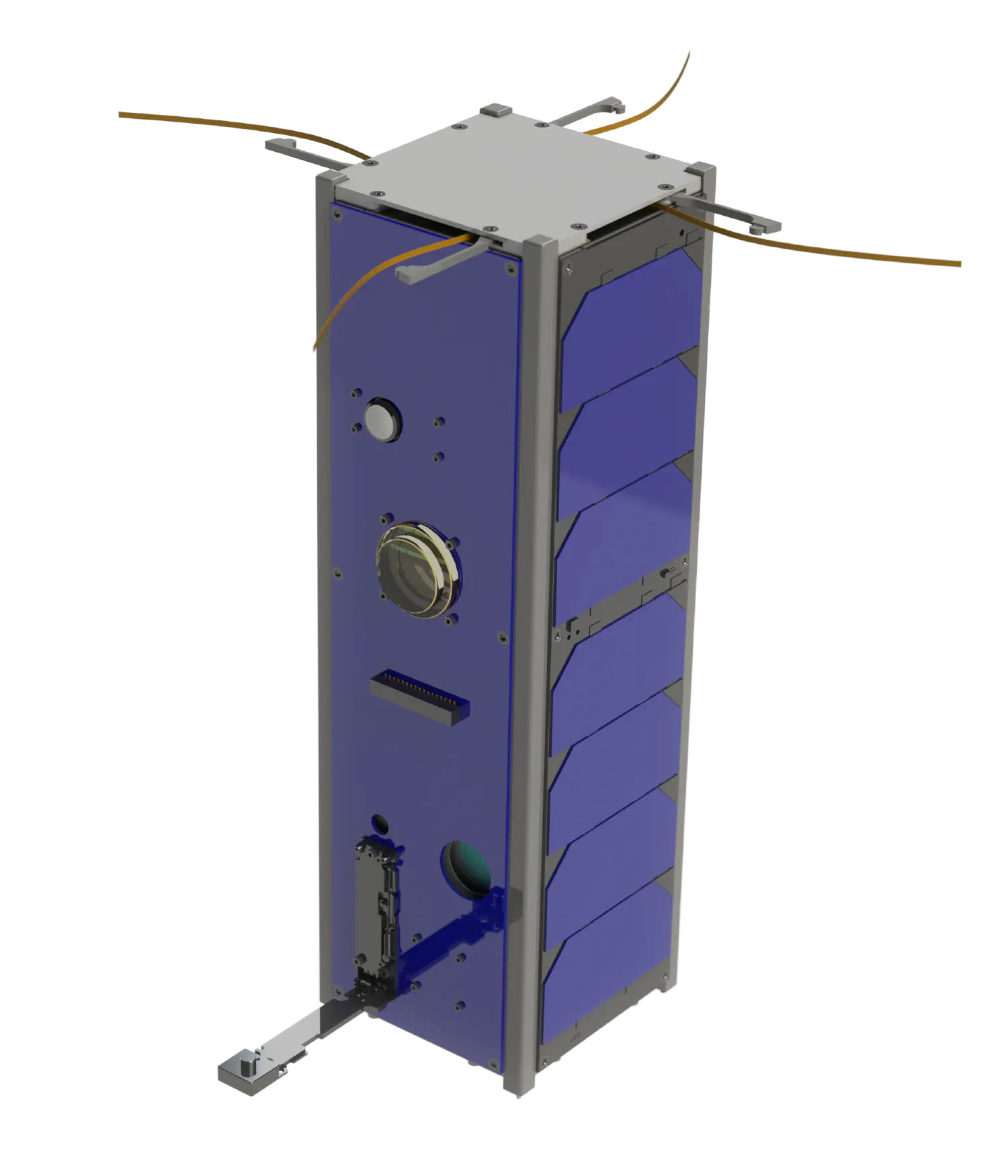About

Satellite optical communication systems seek to address the limitations of radio frequency communications. Laser communication allows for bandwidths unreachable with other wireless, long-distance communication technologies. Due to the narrow beam divergence, laser communications are secure, and further so when combined with Quantum Key Distribution. Moreover, the optical bands are licence-free compared to the overcrowded RF spectrum.
In Greece, an effort to establish a national network of optical ground stations was initiated recently. This has led to the kick-off of the “HellasQCI” project, co-funded by the European Commission and the Hellenic Republic. Three sites have been identified ass for the development of optical ground stations as part of “HellasQCI”, with one of them being the Holomondas Astronomical Station, owned by the Aristotle University of Thessaloniki (AUTh). Within HellasQCI, the Holomondas OGS is planned to operate as a permanent end node (HellasQCI-North), enabling Quantum Secure Communication from Thessaloniki to Athens and Heraklion in Greece or other sites in Europe.
A dedicated space segment, designed to operate and evaluate the existing HellasQCI nodes would provide invaluable expertise to Greek OGS owners, operators and stakeholders, accelerating the development of HellasOCI and closing the loop of expertise development for satellite-based optical communications in Greece. A dedicated CubeSat mission, hosting an optical communications payload is an ideal platform for this venture.
The main purpose of the mission will be to demonstrate the OGS network’s capabilities to communicate with satellites in Low Earth Orbit, by successfully achieving an optical link with the Holomondas and Chelmos stations. However, it will also demonstrate the ability of Greek academia and industry for building and operating an end-to-end optical space communications system, which is instrumental for further advancing HellasQCI. Finally, the expertise gained by operating both the space and ground segments will pave the way for participation in future missions and advanced concepts, adding to Europe’s pool of expertise on satellite-based laser communications.
The mission envisioned to achieve these outcomes is PeakSat, a 3U CubeSat mission that will be designed and assembled at AUTh. The mission is centred around the demonstration of advanced optical communications technology for both downlink and uplink, using the CubeSat platform. PeakSat will be composed primarily of COTS components with the inclusion of some in-house components. These in-house components can be used to create a completely reusable platform for CubeSat-based optical communications in the future.
Key Participants
The Principal Investigator of PeakSat is Prof. Alkiviadis Hatzopoulos and the Co-PI is Prof. Kleomenis Tsiganis, responsible for the Holomondas OGS development. They are faculty members of the Aristotle University of Thessaloniki, in the Electronics Laboratory of the School of Electrical and Computer Engineering and the Section of Astrophysics, Astronomy & Mechanics of the School of Physics, respectively. The two sections have coordinated their efforts towards a research proposal for an Optical Communications CubeSat mission built and operated by AUTh. For PeakSat, the Aristotle University of Thessaloniki will collaborate with Prisma Electronics SA, a hi-tech company based in Greece with space heritage.
